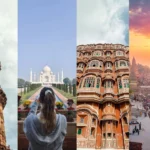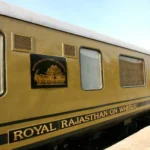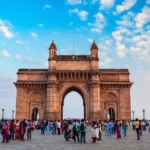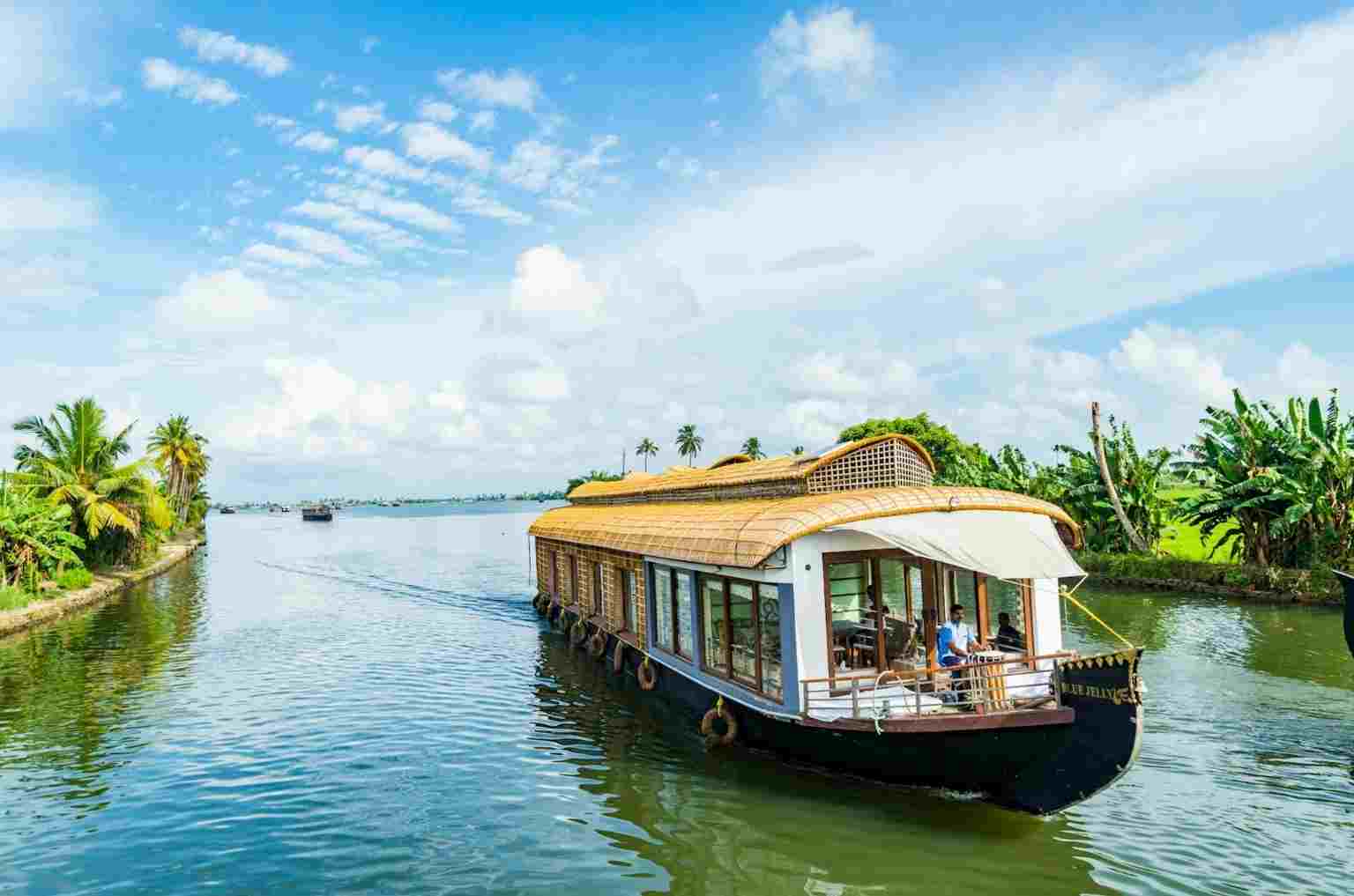
India is the land of contrasts where the ancient tradition glares at the modern, dynamic world, and the urbanized big cities merge with the idyllic natural retreats. The Golden Triangle tour with Kerala is a perfect reflection of two unequal worlds: the North Indian imperial splendor and the Southern tropical serenity. Such an interesting fusion offers nothing like the unique and soul-engulfing experience.
The tour is not that trip of a lifetime where one is going to tick off items on the list of legendary sites, but also a cultural experience. Beginning with the magnificent forts of the region of Rajasthan and the beauty of the Taj Mahal, to the serene backwaters of Kerala and the spice trade bazaars of Cochin, each place shows a different India. This tour is a fulfilling and wholesome travel experience regardless of whether one is a history buff, a nature lover, or a person generally needing to rest.
A Tale of Two Regions: Why Combine the Golden Triangle with Kerala?
The Golden Triangle region of Delhi, Agra, and Jaipur is the heart of Indian tourism. It shows the grandeur and strength of the Indian empires, the Mughals, and the Rajput dynasty overall. Each of the cities is unique in its way: Delhi is the pulsating center of modern India, crusted over with the layers of its past; Agra is the romantic face of the Mughal past; and Jaipur is the embodiment of Rajput royalty and architectural prowess.
And why focus on these three cities when you can build the experience? As soon as you include Kerala in the itinerary, you are introducing an entirely different pace, interminably slow, meditative, and nature-oriented. Kerala is the balm of the blistering Golden Triangle. Lush backwaters and pristine beaches and ancient curative arts—Kerala can offer a perfect contrast and complete the perfect experience that would take one to both the glamorous and the peaceful ends of Indian travel: to glamor and serenity, past and peace.
Delhi: Where The Past and Present Coexist
Your trip will start in Delhi, which is a boisterous city that carries the burden of its 5000-year history rather stylishly. Being the capital of India, it is the place of fusion of cultures, cuisines, languages, and traditions. Delhi is separated into two that is, Old Delhi, where the havelis, the bazaars, and the big mosques are slowly decaying, and New Delhi, which is a city created by the British that has its broad avenues and colonial construction.
Begin your tour at Red Fort, a UNESCO World Heritage Site that was the location of the seat of the Mughal Empire. It is close to Jama Masjid, which is the biggest mosque in India, with a capacity of 25,000 people in prayer. Go through the crowded streets of Chandni Chowk, where you will get to smell the spices, you will hear the hawkers calling, and get a taste of the recipes of street food that were passed down through generations.
Visit New Delhi and witness the magnificence of India Gate as a war memorial and Rashtrapati Bhavan, the official residence of the president. The Lotus Temple is a beautiful stop that has modern architecture. Delhi is an easily integrated ancient and modern, sophisticated urban habitat.
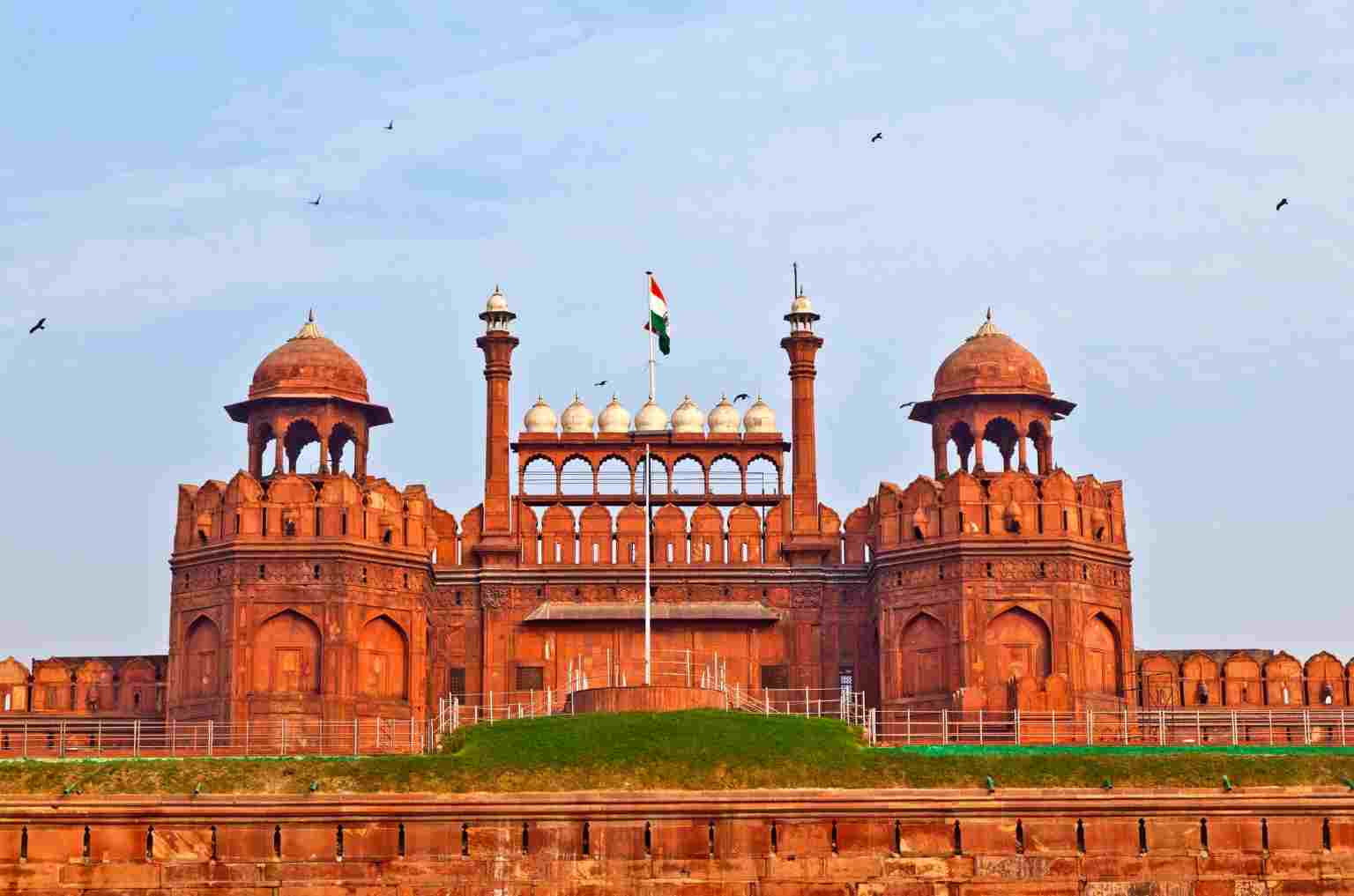
Agra: Witness The Monument of Eternal Love
The city of love, the city of the Taj Mahal, Agra, is left aside by the Delhi-Agra highway. Not only is this an architectural masterpiece that Emperor Shah Jahan built in memory of his wife, Mumtaz Mahal, but it is also an emotion. As soon as the sun appears and makes crystalline marble white turns to the golden color, you will see why it has stayed in the hearts of people all over the world.
Agra, however, is not about the Taj. Visit the Agra Fort, which is also a UNESCO attraction and where the Mughal emperors stayed in a central location. Saffron has a luxurious past that is present in its palaces and mosques. Something next to it is the Tomb of Itmad-ud-Daulah, the original copy of the Taj Mahal, as it can be said that the Tomb of Itmad-ud-Daulah is the prototype of the Taj Mahal with regard to the inlay work and crafted architectural work, which are finely done in the Tomb of Itmad-ud-Daulah.
Do not forget to visit Mehtab Bagh, a garden on the bank of the river that offers a gorgeous view of the Taj at sunset, allowing people to see its backside. Agra also presents you with a chance to purchase marble inlaid work, leather, and the kebchi type of candy, like petha.
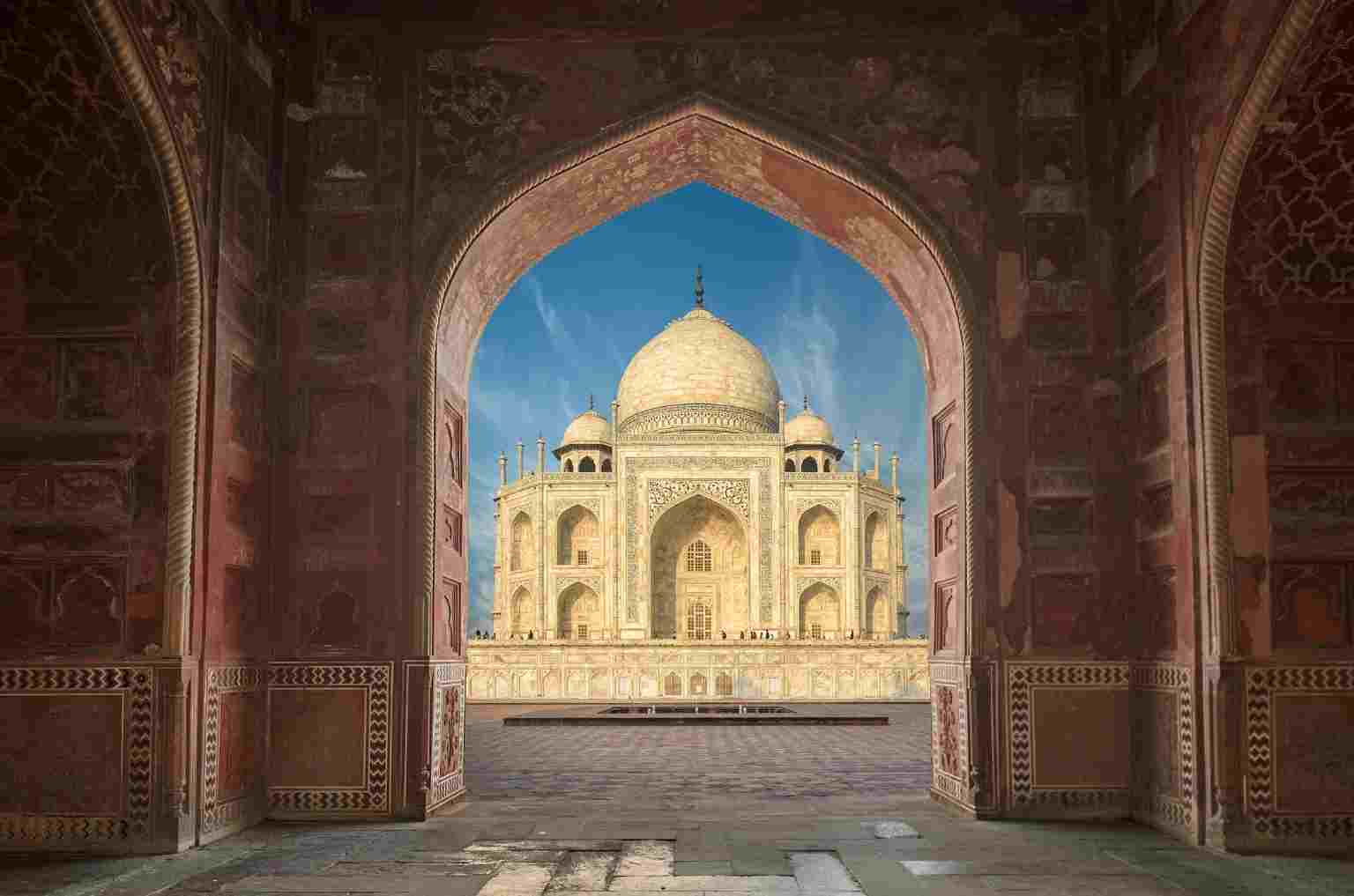
Jaipur: The Pink City of Royal Grandeur
Agra is near Jaipur, the flamboyant capital of Rajasthan. Known as the Pink City because its buildings are constructed in a terracotta pink shade, Jaipur is a mixture of the royal past and modernity. It is possible to see forts, palaces, and bazaars, which make you turn back to the era of maharajas and mysticism.
Begin with Amber Fort, which is a magnificent castle situated on a hill, and through this one can enjoy the beautiful view of the hilly Aravallis. Gaze at the Sheesh Mahal (Mirror Palace), an all-mirror room with thousands of little mirrors blinking as in enchanted designs of a magic lamp. Afterwards, visit City Palace, which is a huge compound where the royal family still lives.
The Palace of Winds, or Hawa Mahal, with its 953 lattice windows, is a dream place on the part of a photographer. Visit the Jantar Mantar, an astronomical observatory built in the 18th century that is still precise now. Traditional block-printed fabrics, handmade jewelry, and blue pottery are available in the local bazaars. The spirit of Jaipur is lavish but accessible, royal, and down-to-earth.
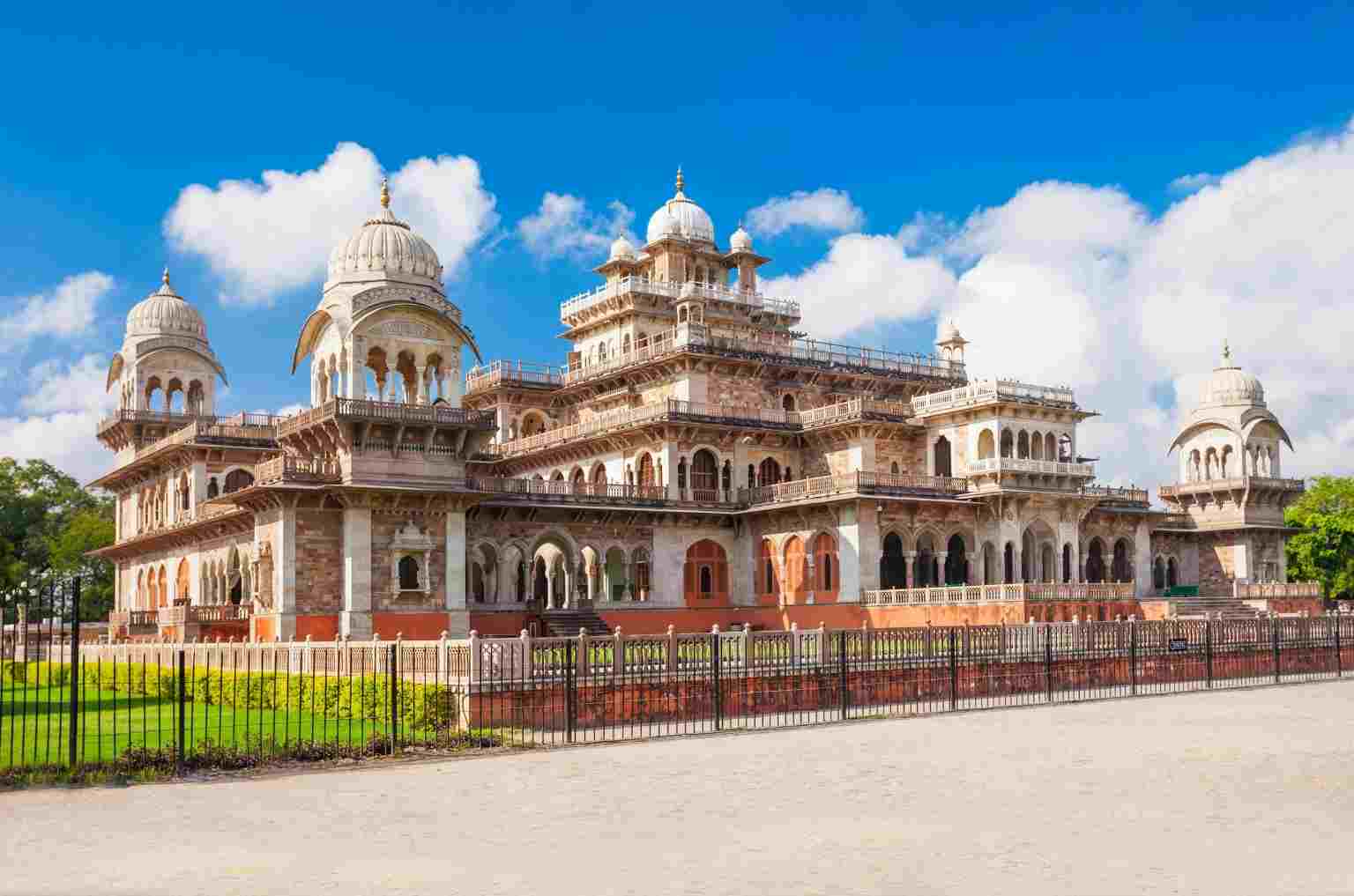
Transition To Tranquility: Flying South to Kerala
Following the journey of cultural gems of North India, it is time to exchange forts with forests and domes with palm trees. It is about a 20-minute domestic flight to Kerala, to the southwestern tip of India. Whereas in North India everything captures your attention with history and architecture, in Kerala, the soul is caressed by nature and well-being.
The air is hot and sticky yet scented with cardamom; the pace is slow, and anything you see looks like a picture card: green hills, peaceful rivers, and coconut-lined lagoons. It is a spectacular scenery change that is a perfect offset to the journey.
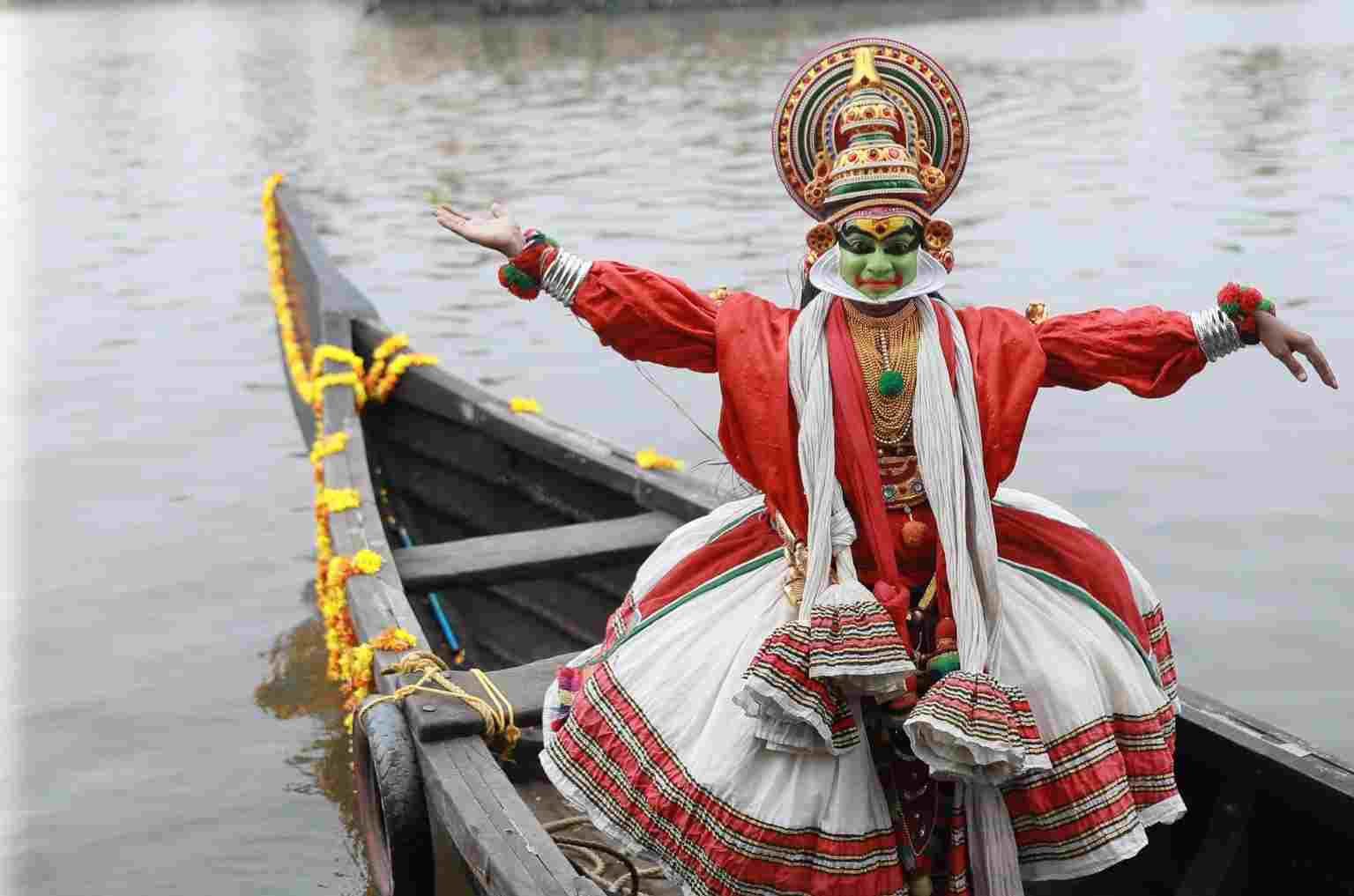
Cochin: The Cultural Gateway to Kerala
Cochin, or Kochi, is a meeting point of the East and West. For thousands of years, traders of Arabia, China, Portugal, and Holland have left their footprints here. Take a stroll around Fort Kochi, where colonial homes are found along with the art cafes and boutique hotels.
Be a spectator as traditional Chinese fishing nets work, a very ancient method brought by the Chinese explorers. See the Paradesi Synagogue, constructed in 1568, and the adjacent Dutch Palace, which contains murals showing the Ramayana scenes.
Take a sunset cruise into the harbor, taste the Malabari seafood, and enjoy a dance performance of Kathakali. This evening shows portray dramatic gestures, the decorative attire, as well as the centuries-old narrations of Indian epics. Cochin provides a foretaste of the laid-back and pleasure-filled lifestyle to follow.
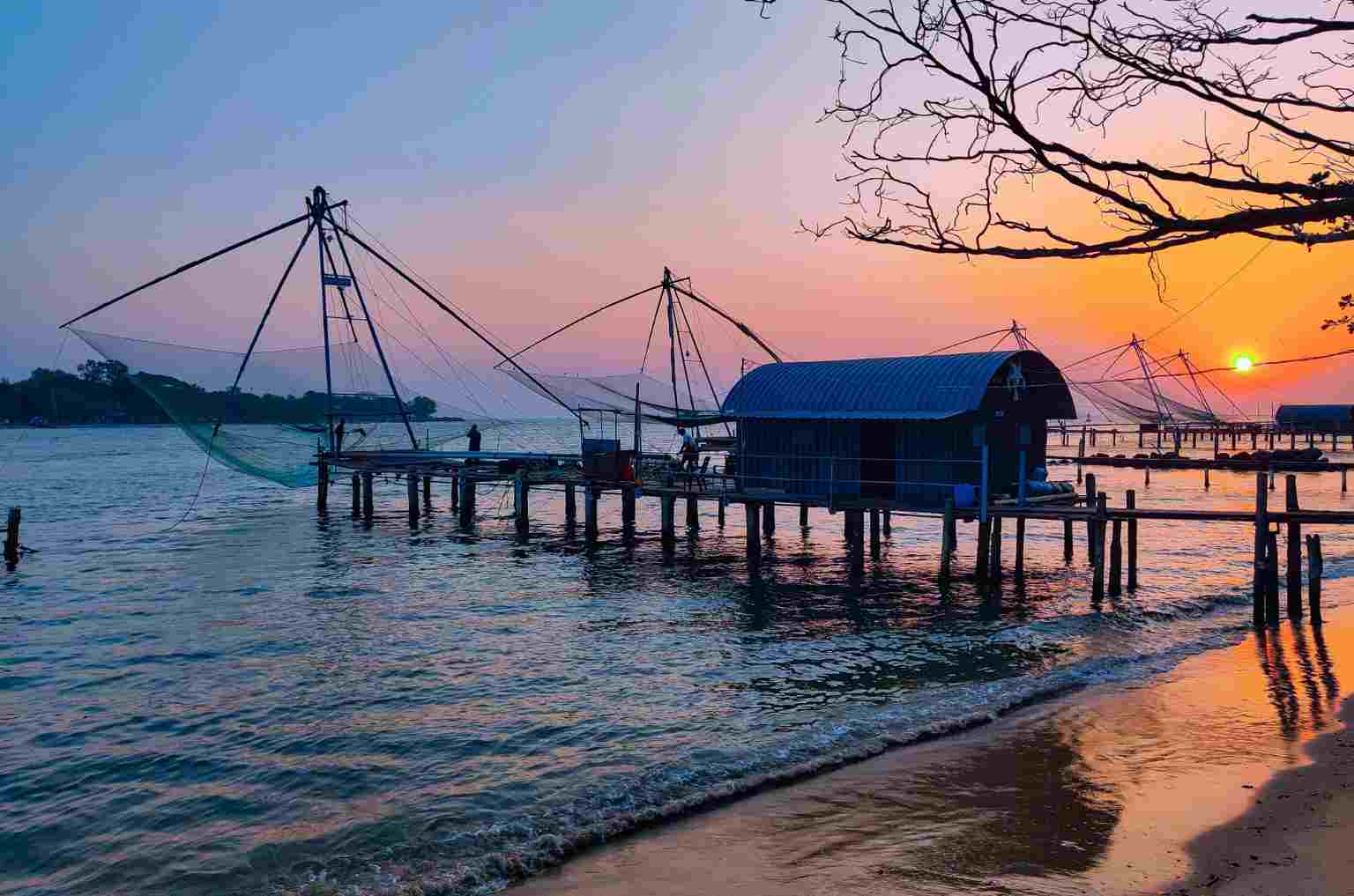
Munnar: Romance Amidst the Tea Gardens
Depart Cochin and travel to the highlands of Munnar, which is one of the most beautiful hill stations in India. The trip itself is spectacular—the narrow roads line up tea plantations, falls, and forests.
Munnar used to be the summer retreat of the British folks, and now, it houses more nature lovers. Explore the Tata Tea Museum, discover how tea is made, and enjoy drinking freshly brewed cups with a view of endless green valleys. Hike in Eravikulam National Park, where the rare Nilgiri Tahr is found, or view Top Station and Echo Point.
Munnar is also the center of spices such as cardamom and clove, which are aromatic. As a honeymoon destination or a place that you want to get away to and enjoy some privacy, the cool breeze and the green landscapes ensure that Munnar will be a memory worth keeping.
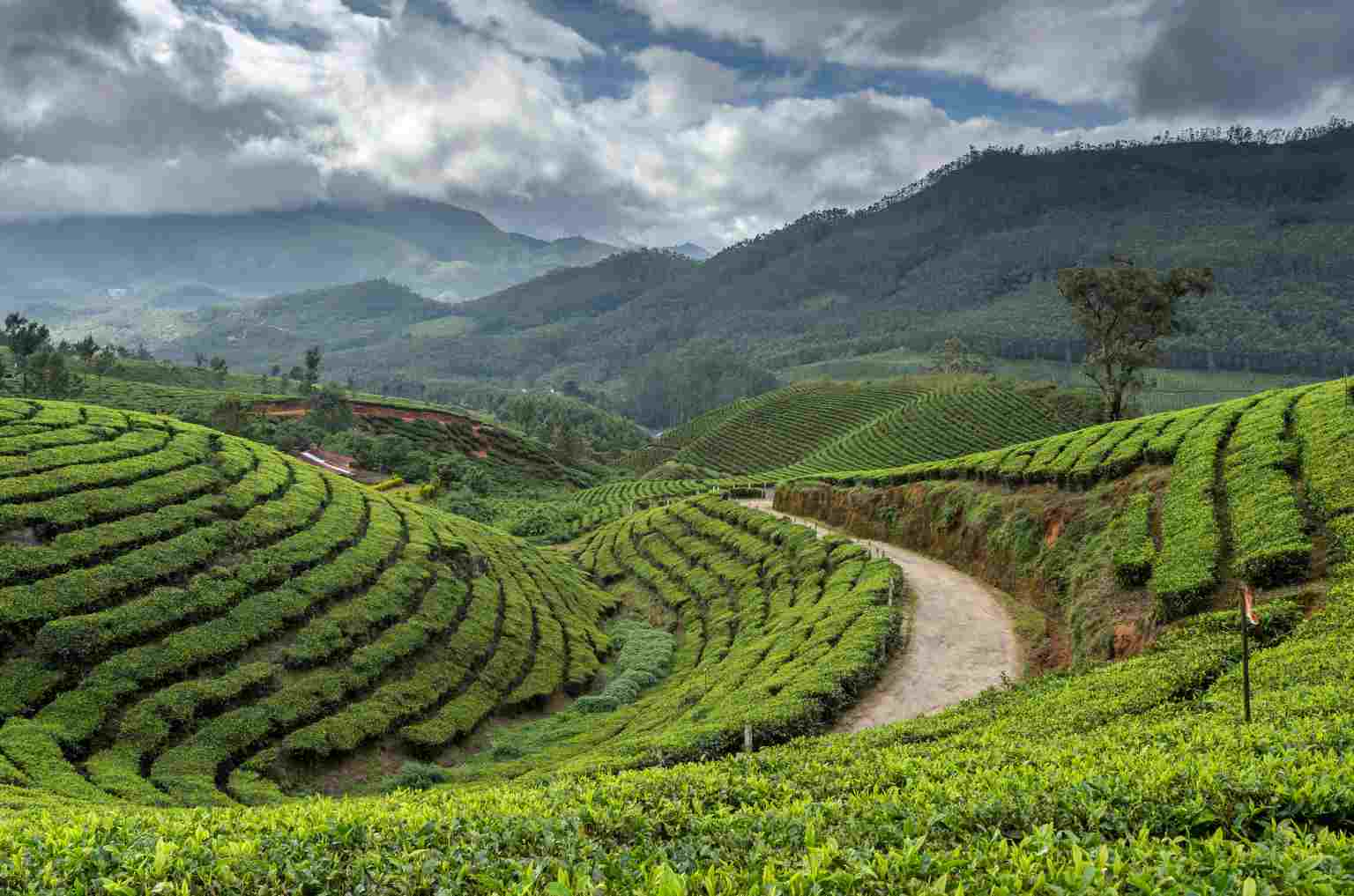
Thekkady: Into the Heart of The Wild
The next destination is Thekkady, and it is a well-known destination due to the Periyar Wildlife Sanctuary. This is unlike safari parks in the north, which may give a purely jungle experience around a calm lake. Take a boat ride where you see the elephants, sambar deer, and even tigers appear on the banks.
There are also spice plantations to visit, bamboo rafting trips, or tribal walks in a village. Here, the local culture flourishes with environment-based tourism and sustainable tourism. Thekkady is an opportunity to get a rare sight of India with its rich biodiversity and diligence in its conservation.
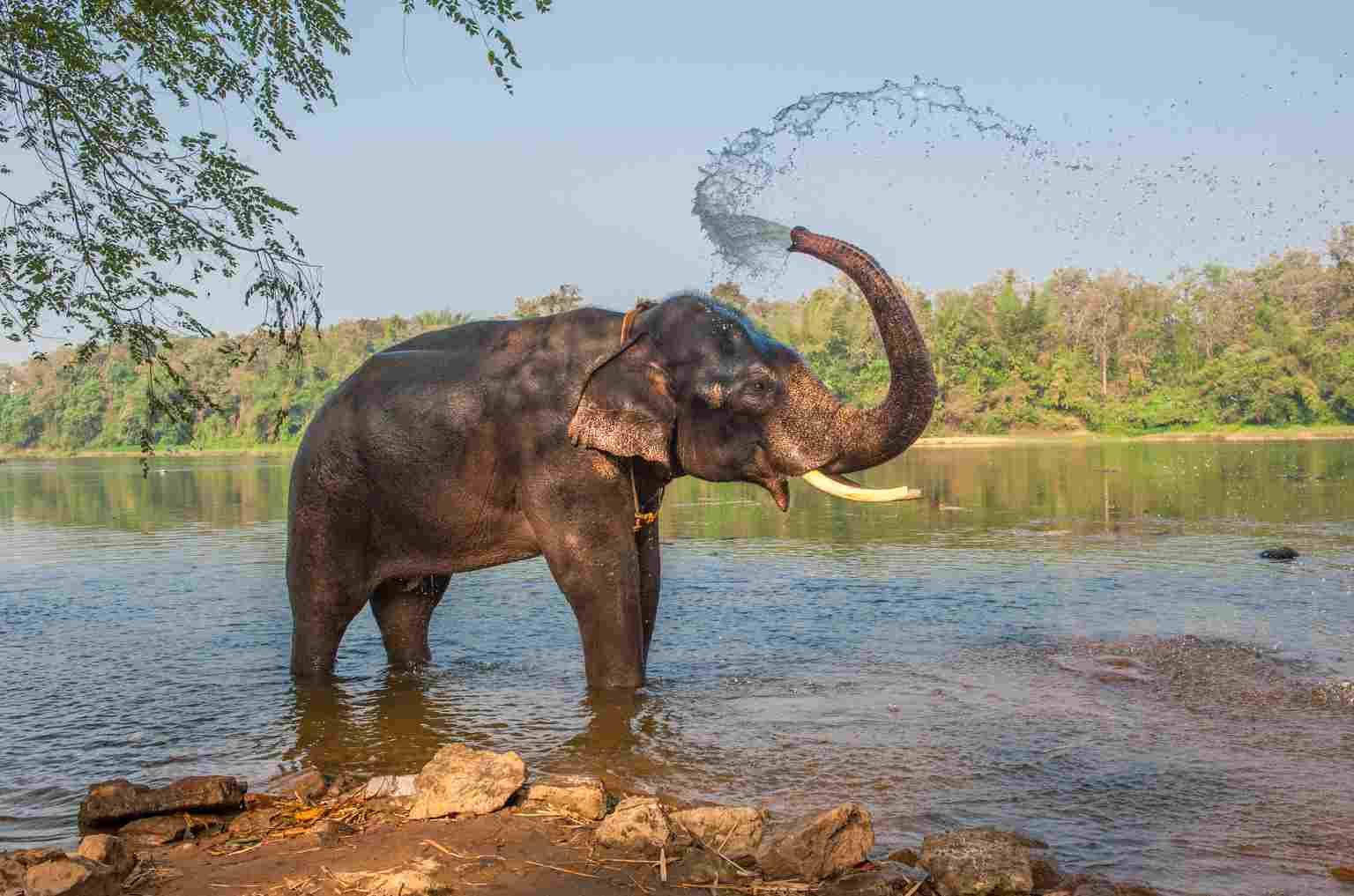
Alleppey: Float into A World of Calm
The major attraction of this tour is the stay in a houseboat in Alleppey, the capital of Kerala’s backwaters. Board one of the traditional kettuvallams, which have been converted to luxurious floating homes. Cruise through rice paddies, palm tree plantations, and little villages that appear to have not experienced a single moment of progress.
In the backwaters, there is another rate of life. You sit in your houseboat watching children paddling to school, fishermen tossing nets, and women washing clothes by the river. Your chef offers a variety of authentic dishes of Kerala made of regional products.
The backwater experience is mint; regardless of whether you travel on a day cruise or decide to stay over there, there is nothing like it.
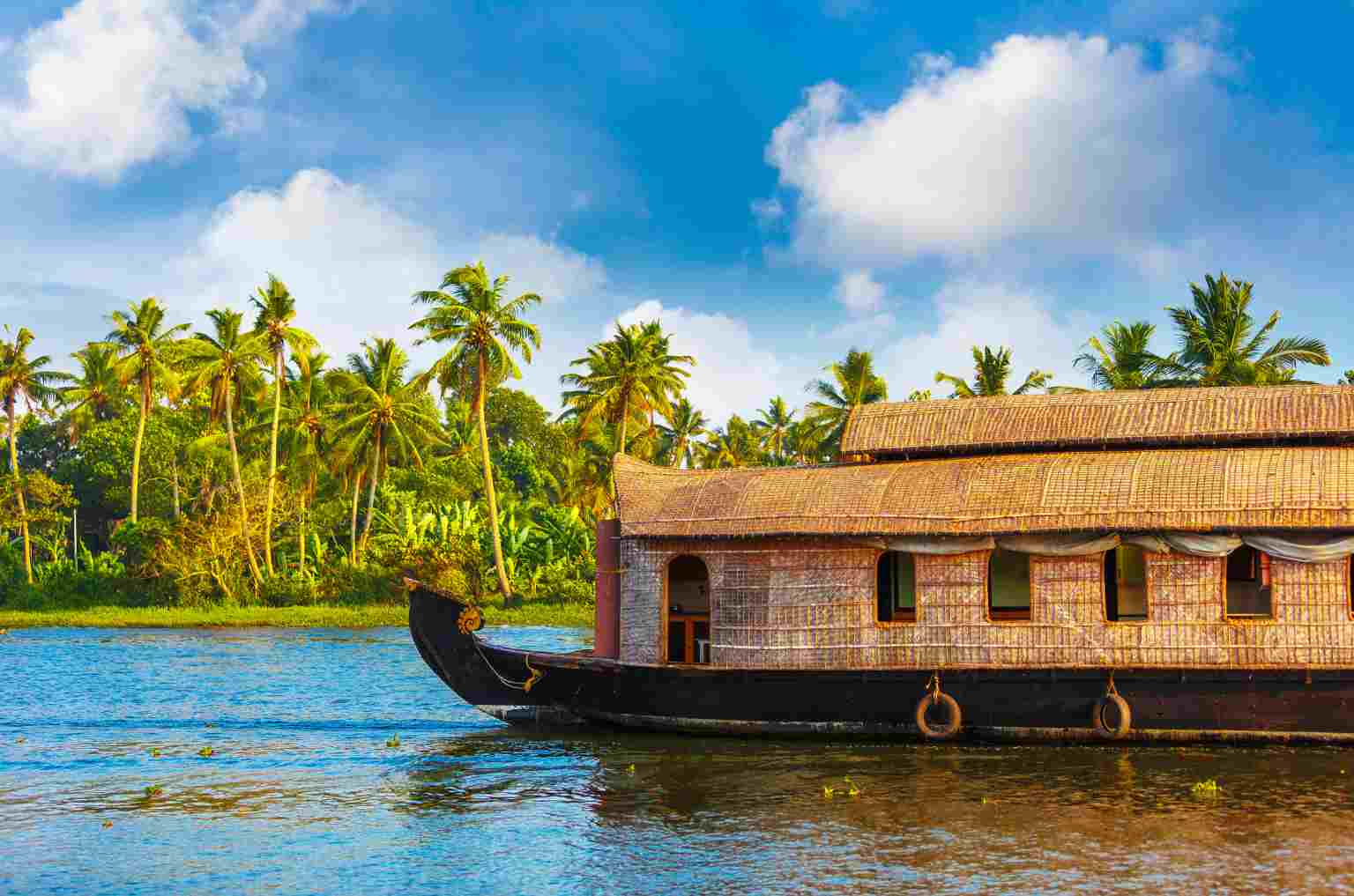
Kumarakom: Lakeside Bliss and Birdsong
Kumarakom is a more boutique and luxurious backwater. Situated alongside Vembanad Lake, it is a village that provides luxury resorts, including an Ayurveda center and personal jetties. The Kumarakom Bird Sanctuary is the place that has to be visited by bird lovers, where during winter, herons, kingfishers, and even Siberian cranes migrate.
Enjoy a sunrise canoe ride, try a yoga session, or relax with a therapeutic massage. The place of Kumarakom is all about indulgence of the soul, senses, and spirit.

Kovalam And Trivandrum: Beaches and Cultural Delights
Conclude your trip in Kovalam, which is a fascinating beach resort with crescent-like beaches and Ayurvedic resorts. The water is friendly, the beach is clean, and the sunsets are spectacular. Visit the beach, parasail, have some fresh seafood, or just lie in the sun and relax.
Close by it is Trivandrum, the capital city of Kerala, with all the glory of Padmanabhashwamy Temple and Napier Museums. In the Sri Chitra Art Gallery, there are uncommon Indian and European paintings. It is a cultural end to your South India visit.
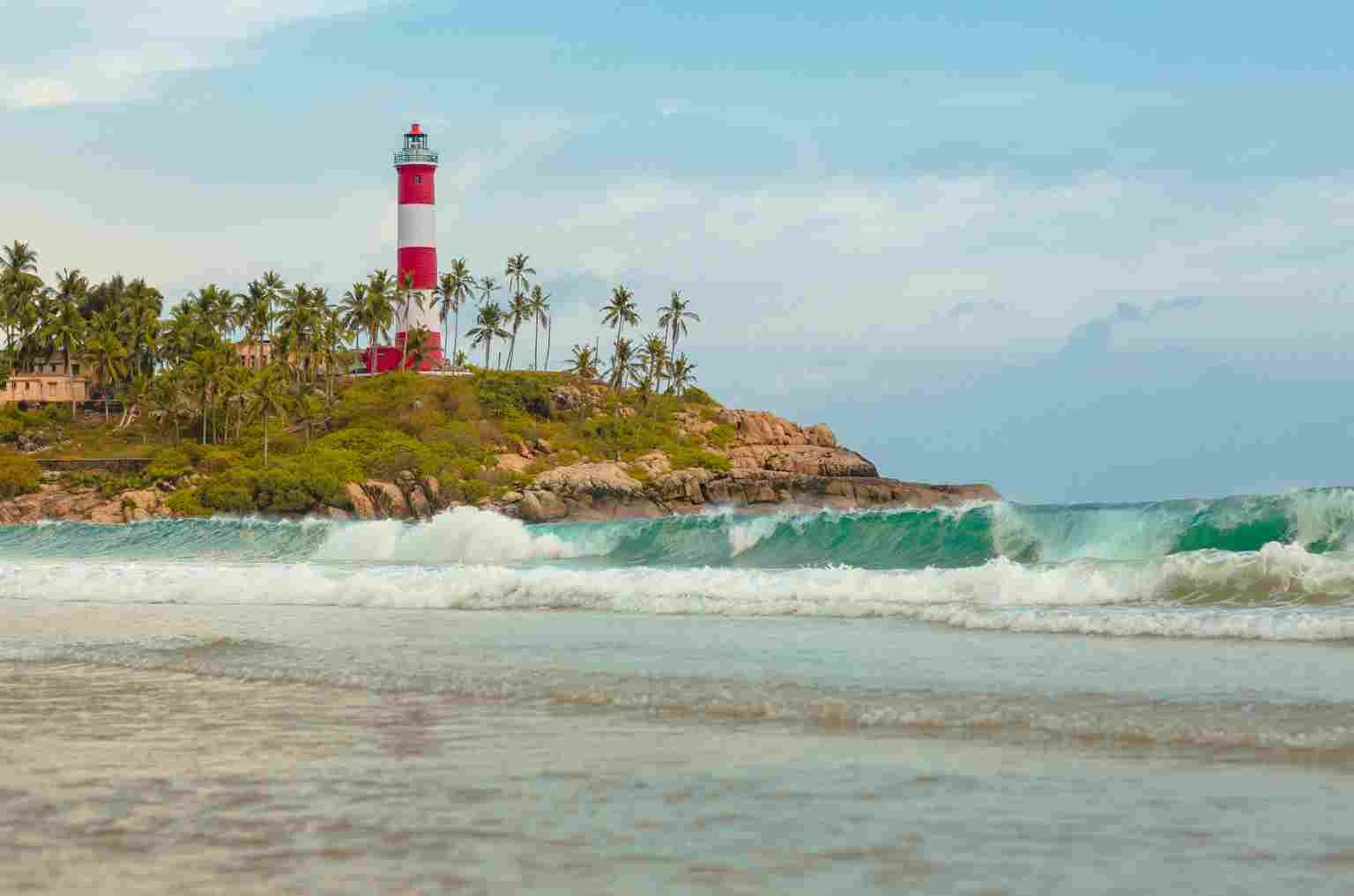
Why Travel with India Wonderland?
The best way to tour this unique destination is by joining a tour company that is familiar with the diversity in India. India Wonderland arranges customized Golden Triangle to Kerala packages to have leisure time as well as soulful moments.
We will offer luxury travel, experienced guides, heritage accommodation, and local cultural experiences in every aspect. They plan their routes in the immersion, not only into the landmarks but also into the tales, customs, and feelings.
India Wonderland makes your journey enjoyable as a lone traveler, couple, or family, and the experience is memorable, comfortable, and enriching.
A Tapestry of Culture, Nature, And Wonder
The Golden Triangle tour with Kerala is not a set plan or an itinerary but a hand-woven story created with threads of India. From dense cities to floating waters, from tasty street food to the cool of Ayurveda routines, this is a pavilion of contrasts and harmony.
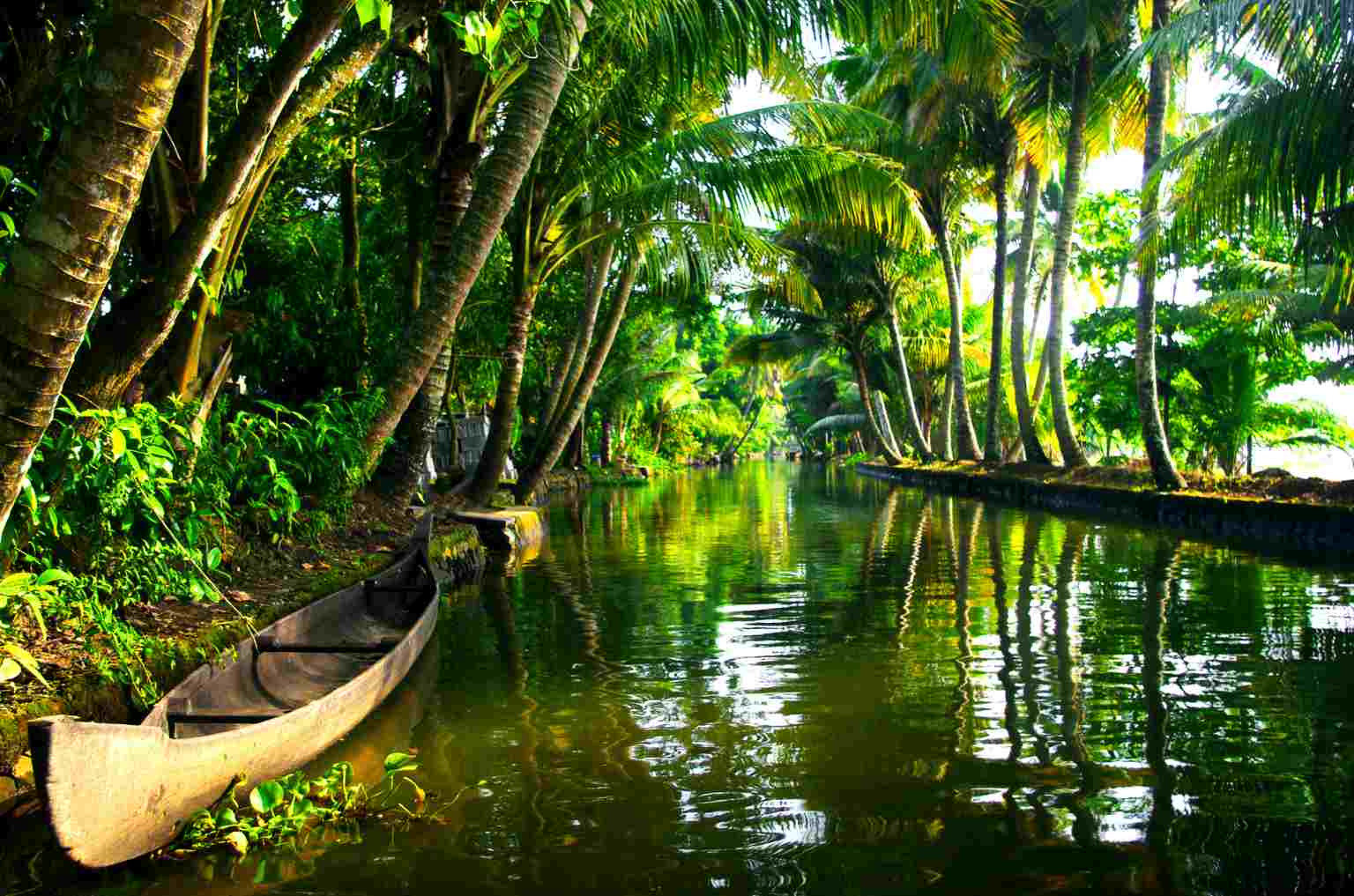
Let India Wonderland create your memorable trip—experienced and not just witnessed.

